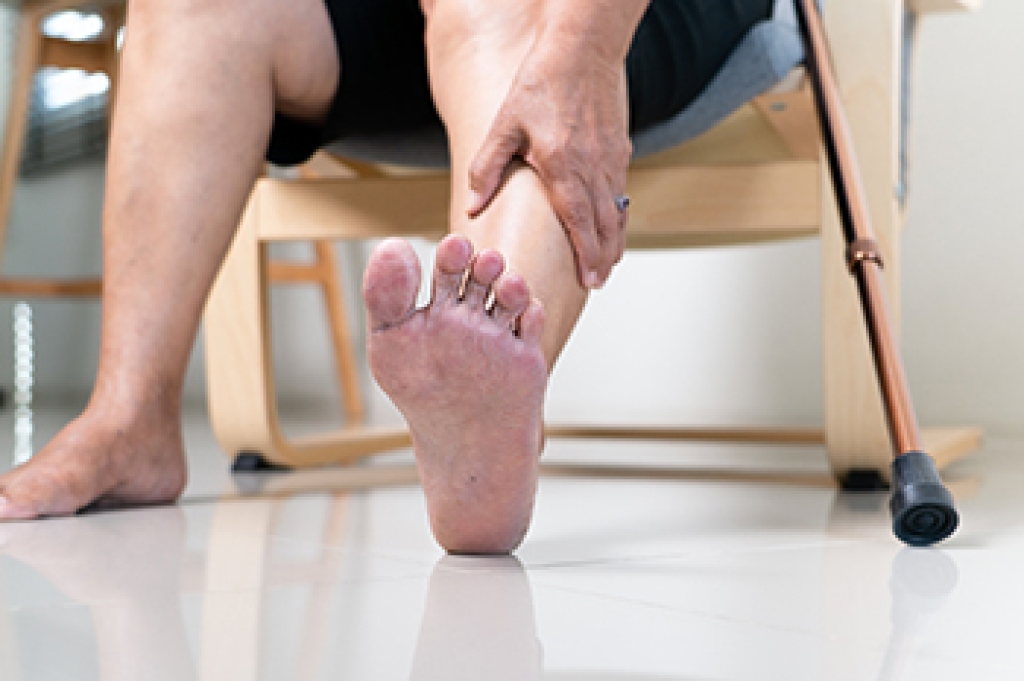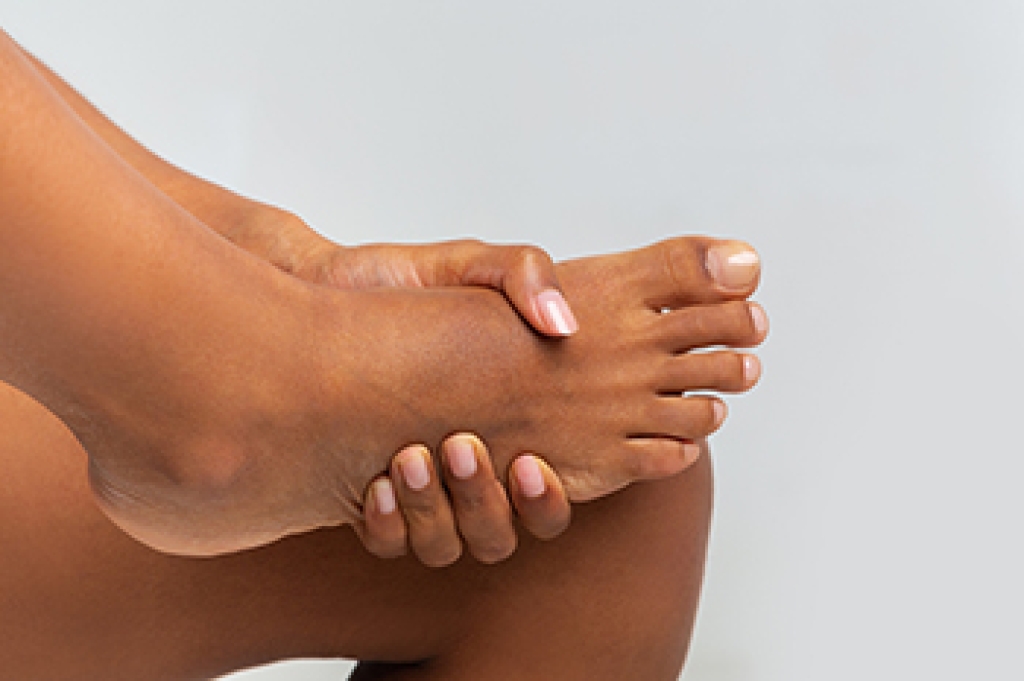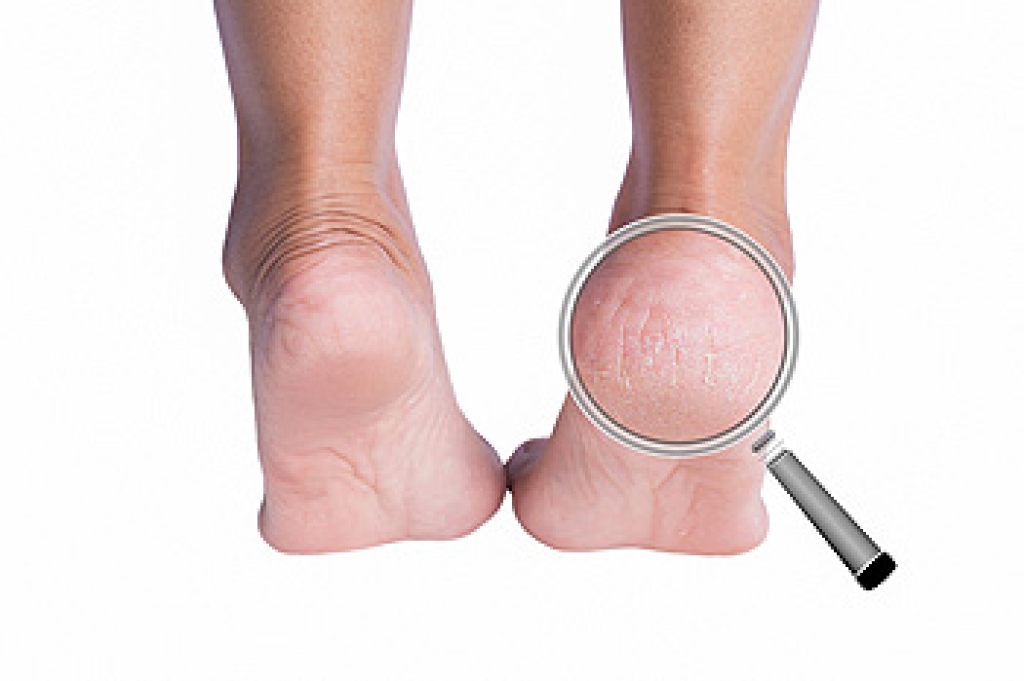
A walking boot, also called a medical boot, is used to protect and stabilize the foot and ankle while recovering from injuries or surgery. This device supports healing by restricting unnecessary movement, which reduces the risk of additional damage. Walking boots are constructed from rigid materials, such as plastic, to immobilize the injured area, while adjustable straps ensure a secure fit. They also help redistribute body weight evenly across the foot, alleviating pressure on specific areas, including bones, tendons, and ligaments. By reducing strain, walking boots promote a more natural walking motion, allowing people to move with less pain. Common injuries that benefit from a walking boot include fractures, sprains, and tendon injuries. A podiatrist can assess the severity of your injury and determine if a walking boot is appropriate, ensuring it provides the correct level of immobilization and support for recovery. If you have sustained a foot or ankle injury, it is suggested that you schedule an appointment with a podiatrist for an exam and treatment options, which may include a walking boot.
If you are having discomfort in your feet and would like to try orthotics, contact One of our podiatrists from Oexeman Foot and Ankle, PLLC. our doctors can provide the care you need to keep you pain-free and on your feet.
What Are Orthotics?
Orthotics are inserts you can place into your shoes to help with a variety of foot problems such as flat feet or foot pain. Orthotics provide relief and comfort for minor foot and heel pain but can’t correct serious biomechanical problems in your feet.
Over-the-Counter Inserts
Orthotics come in a wide variety of over-the-counter inserts that are used to treat foot pain, heel pain, and minor problems. For example, arch supports can be inserted into your shoes to help correct overarched or flat feet, while gel insoles are often used because they provide comfort and relief from foot and heel pain by alleviating pressure.
Prescription Orthotics
If over-the-counter inserts don’t work for you or if you have a more severe foot concern, it is possible to have your podiatrist prescribe custom orthotics. These high-quality inserts are designed to treat problems such as abnormal motion, plantar fasciitis, and severe forms of heel pain. They can even be used to help patients suffering from diabetes by treating foot ulcers and painful calluses and are usually molded to your feet individually, which allows them to provide full support and comfort.
If you are experiencing minor to severe foot or heel pain, it’s recommended to speak with your podiatrist about the possibilities of using orthotics. A podiatrist can determine which type of orthotic is right for you and allow you to take the first steps towards being pain-free.
If you have any questions, please feel free to contact our office located in Chicago, IL . We offer the newest diagnostic and treatment technologies for all your foot care needs.





